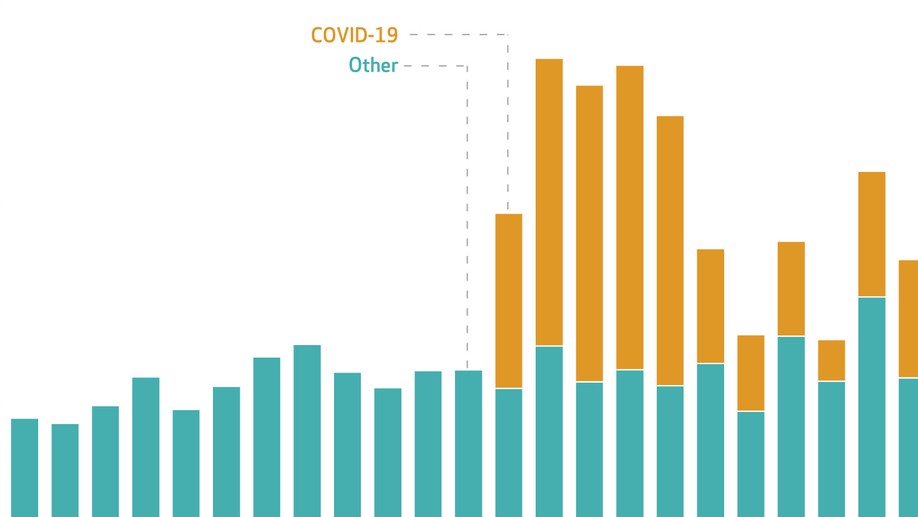
Racial & Ethnic Inequalities In COVID-19 Mortality Within Carceral Settings: An Analysis Of Texas Prisons
The COVID-19 pandemic has taken a heightened toll on people incarcerated in prisons in the United States, with those incarcerated experiencing a higher rate of infection and mortality than the US population more generally. What is less well known is the degree to which COVID-19 outcomes differ among incarcerated populations, especially by race and ethnicity, where significant differences have been found among the US population as a whole. To shed light on this topic, we analyzed mortality patterns of the population incarcerated in Texas state prison facilities during both the year before (beginning April 1, 2019) and the first year of (beginning April 1, 2020) the COVID-19 pandemic. COVID-19 mortality was 1.61 and 2.12 times higher for Black and Hispanic populations, respectively, when compared with the White population in Texas prisons. Strategies for COVID-19 mitigation in carceral settings, such as vaccination and decarceration, should include an equity component to minimize disparities. Read the full article here.
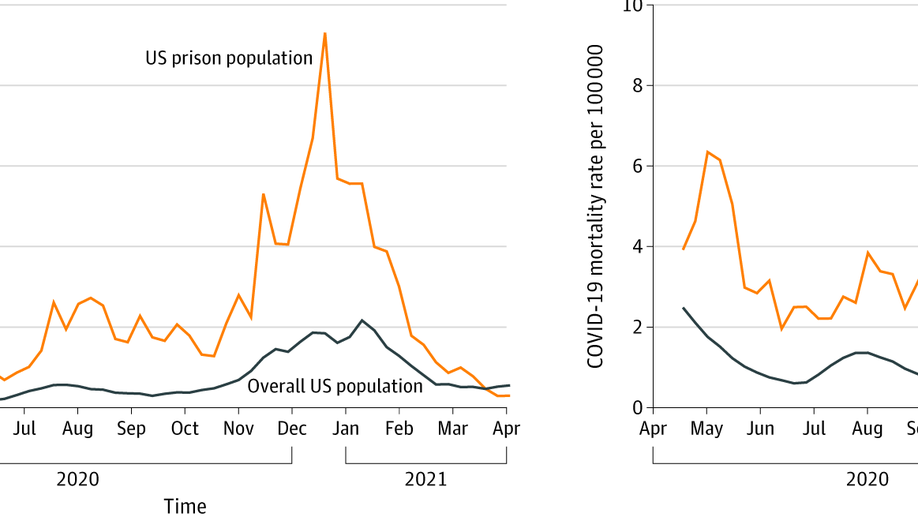
COVID-19 Incidence and Mortality in Federal and State Prisons
COVID-19 incidence and standardized mortality rates remained consistently higher among the prison population than the overall US population in the first year of the pandemic. While COVID-19 incidence and mortality rates peaked in late 2020 and early 2021 and have since declined, the cumulative toll of COVID-19 has been several times greater among the prison population than the overall US population. Read the full article here.
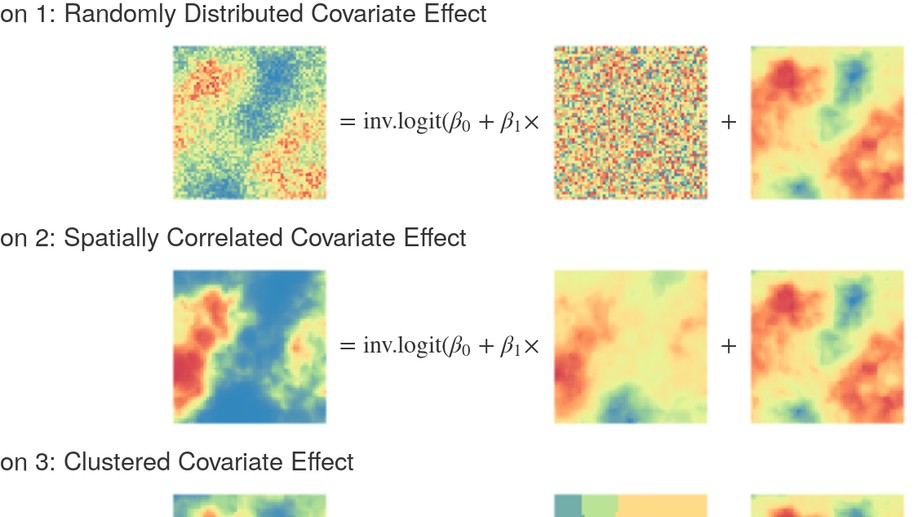
Harmonizing child mortality data at disparate geographic levels
There is an increasing focus on reducing inequalities in health outcomes in developing countries. Subnational variation is of particular interest, with geographic data used to understand the spatial risk of detrimental outcomes and to identify who is at greatest risk. While some health surveys provide observations with associated geographic coordinates, many others provide data that have their locations masked and instead only report the strata within which the data resides. How to harmonize these data sources for spatial analysis has seen previously considered though no method has been agreed upon and comparison of the validity of methods are lacking. In this paper, we present a new method for analyzing masked survey data alongside traditional geolocated data, using a method that is consistent with the data generating process. Read the full article here.
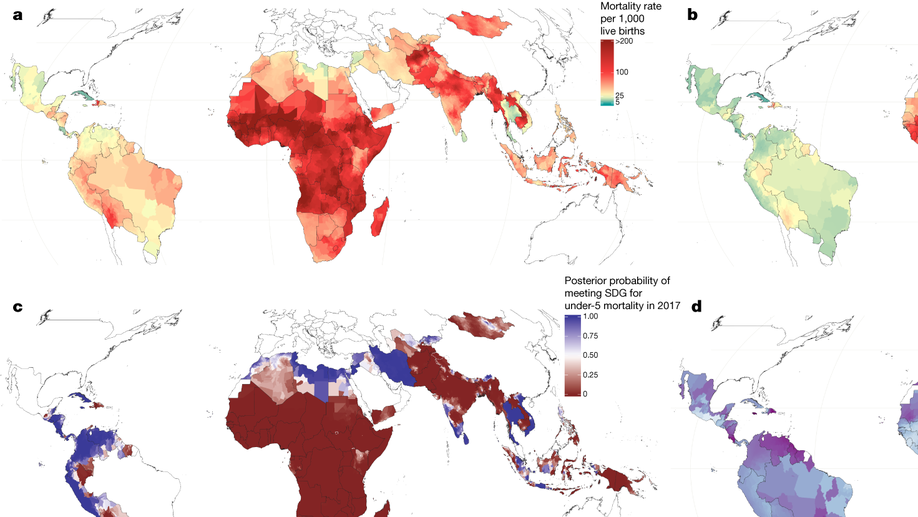
Mapping 123 million neonatal, infant and child deaths between 2000 and 2017
Since 2000, many countries have achieved considerable success in improving child survival, but localized progress remains unclear. To inform efforts towards United Nations Sustainable Development Goal 3.2—to end preventable child deaths by 2030—we need consistently estimated data at the subnational level regarding child mortality rates and trends. Read the full article here.
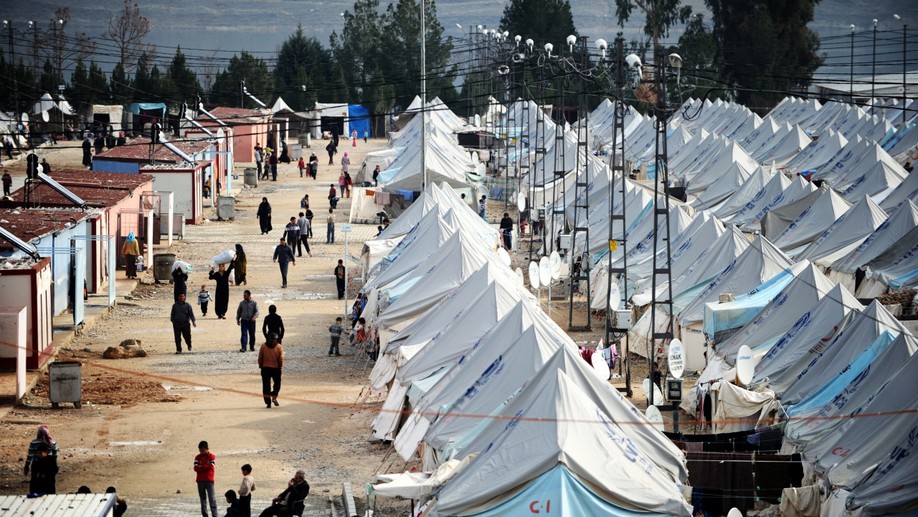
Segregation and Sentiment Estimating Refugee Segregation and Its Effects Using Digital Trace Data
In light of the ongoing events of the Syrian Civil War, many governments have shifted the focus of their hospitality efforts from providing temporary shelter to sustaining this new long-term population. In Turkey, a heightened focus has been placed on the encouragement of integration of Syrian refugees into Turkish culture, through the dismantling of Syrian refugee-only schools in Turkey and attempts to grant refugees permanent citizenship, among other strategies. Read the full article here.
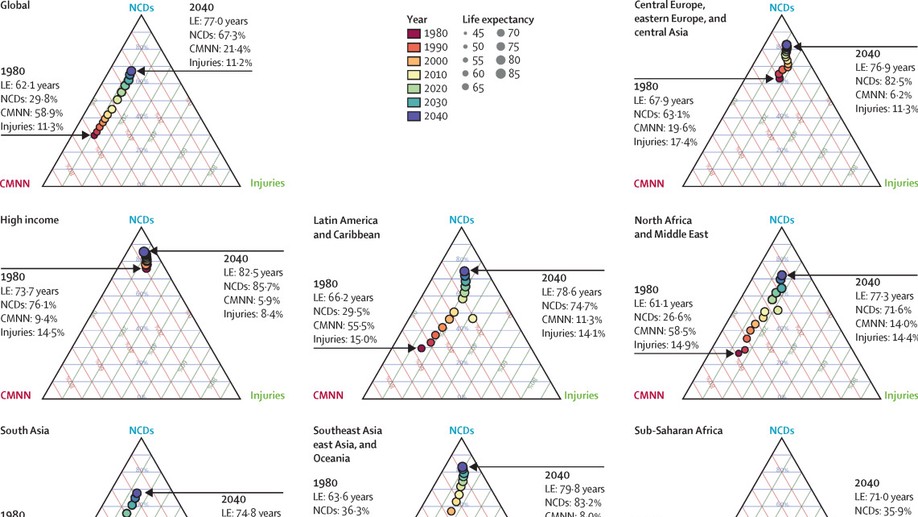
Forecasting life expectancy, years of life lost, and all-cause and cause-specific mortality for 250 causes of death reference and alternative scenarios for 2016–40 for 195 countries and territories
Understanding potential trajectories in health and drivers of health is crucial to guiding long term investments and policy implementation. Past work on forecasting has provided an incomplete landscape of future health scenarios, highlighting a need for a more robust modeling platform from which policy options and potential health trajectories can be assessed. Read the full article here.
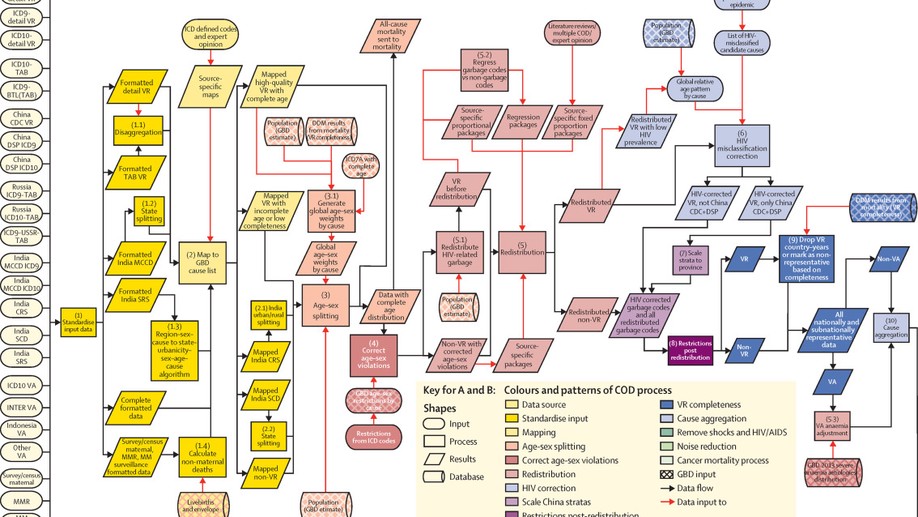
Global, regional, and national life expectancy, all-cause mortality, and cause-specific mortality for 249 causes of death, 1980–2015: a systematic analysis for the Global Burden of Disease Study 2015
Improving survival and extending the longevity of life for all populations requires timely, robust evidence on local mortality levels and trends. The Global Burden of Disease 2015 Study (GBD 2015) provides a comprehensive assessment of all-cause and cause-specific mortality for 249 causes in 195 countries and territories from 1980 to 2015. Read the full article here.